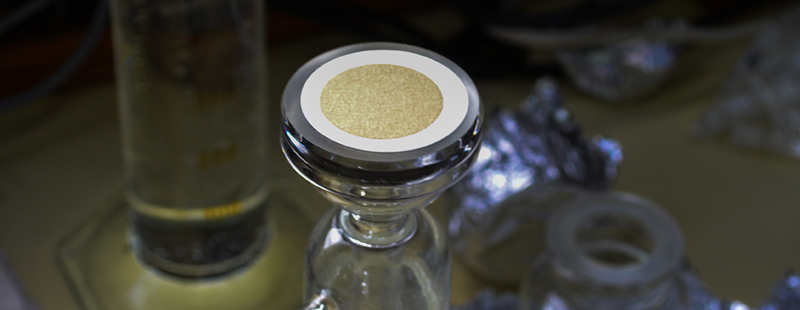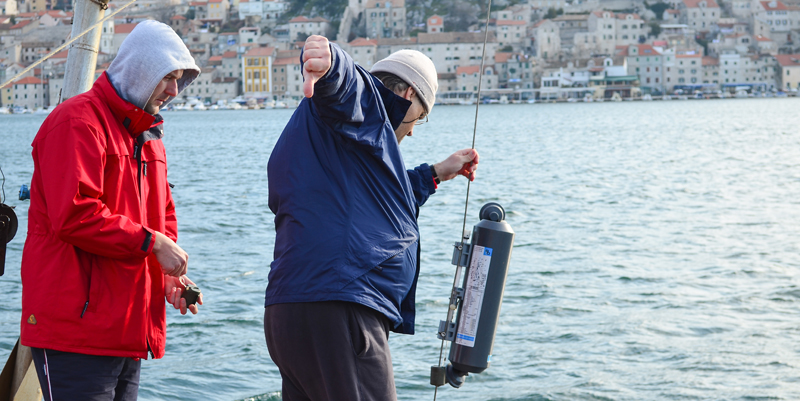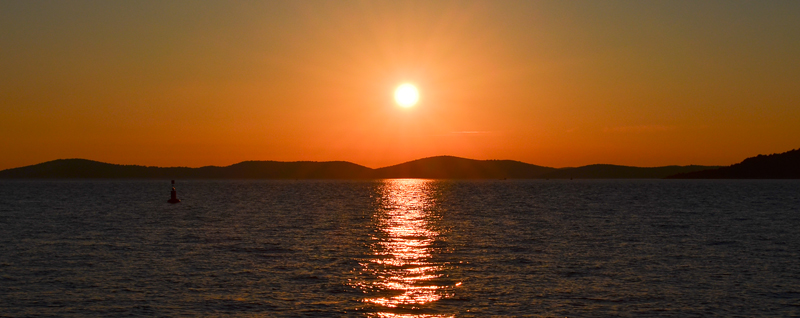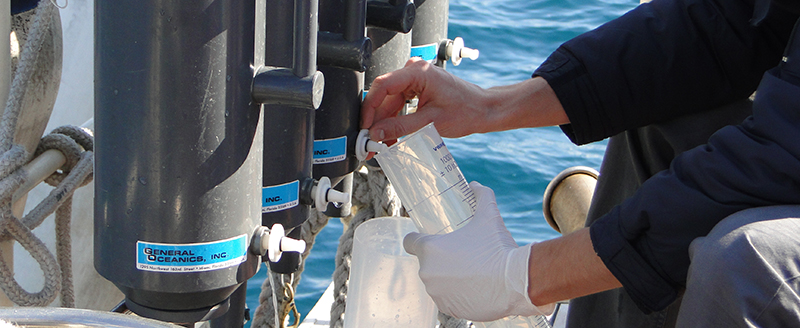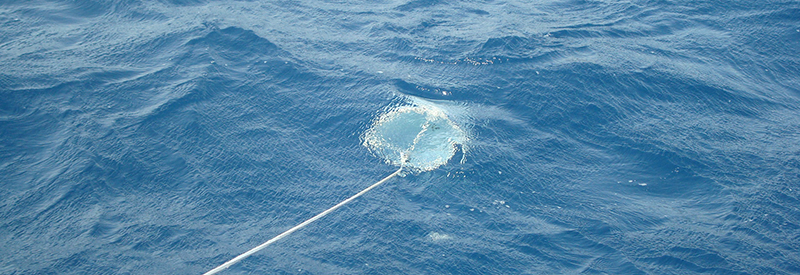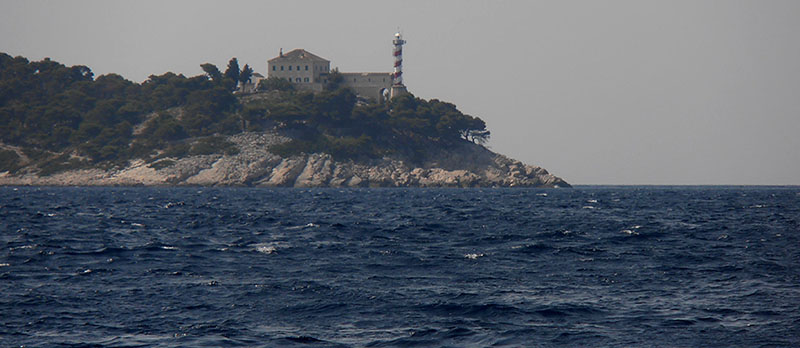Uspostavni projekt HRZZ
Bioindikatori vodenih masa u Jadranu - BIOTA
Voditeljica projekta: dr. sc. Zrinka Ljubešić, izv. prof.
Godišnje promjene u cirkulaciji i dinamici vodenih masa vode utječu na biogeokemijske procese u Jadranskom moru, te time određuju funkcioniranje Jadranskog ekosustava u cjelini. Fitoplankton se pasivno pokreće s vodenima masama, te je njegova prostorna i vremenska rasprostranjenost odraz uvjeta okoliša u kojima se razvija. Stoga, određeni fitoplanktonski organizmi mogu biti indikatori stanja u okolišu (bioindikatori). Predlažemo interdisciplinarno istraživanje oceanografije, taksonomije fitoplanktona i molekularne identifikacije organizama, čijom kombinacijom možemo dobiti identifikaciju vodene mase. Predviđena su dva krstarenja zimi, u južnom Jadranu, sa određivanjem postaja i dubina in situ ovisno o fizikalno kemijskim svojstvima mora. Interdisciplinarni pristup će uključivati i optička mjerena vodenog stupca i povezivanje optičkih karakteristika vodenog stupca s drugim predloženim metodama istraživanja. Zbog varijabilnosti i godišnjih odstupanja u cirkulaciji Jadrana, kao i nastupajućih klimatskih promjena, predloženo istraživanje nudi holistički pristup problemu brze detekcije promjena u ekosustavu, te je od izuzetne važnosti za oceanologiju. Ono što je najvažnije, ovo istraživanje nudi razvoj interdisciplinarnih alata koji će biti neophodni za buduće istraživačke aktivnosti.
![]()
HRZZ Installation Research Project
Bio-tracing Adriatic water masses - BIOTA
Project leader: Zrinka Ljubešić, PhD, Associate Professor
Interannual changes in the circulation patterns and water mass dynamics highly influence biogeochemical processes in the Adriatic Sea, consequently impacting the functioning of the Adriatic ecosystem. Specific phytoplankton ecological preferences drive their temporal and spatial distribution, reflecting their dependence on specific temperature ranges, light levels, nutrient availability and other environmental gradients. Hence, some phytoplankton taxa can be used as water mass tracers (biotracers). We hypothesise that picophytoplanktonic prokaryote Prochlorococcus and nanophytoplanktonic eukaryotes coccolithophores: Emiliania huxleyi and/or Gephyrocapsa oceanic are such organisms, and can be used for tracing water masses in the Adriatic. Here, we propose an interdisciplinary study where oceanography, taxonomy of phytoplankton and molecular recognition are combined to detect and follow water masses. Two winter cruises in the southern Adriatic will be conducted with station positions and sampling depths defined in situ. Water mass detection will be based on pre-defined physical characteristics; however, we also plan to use optical measurements in conjunction with the proposed sampling to develop an optical based criterion for the definition of the targeted water masses. Phytoplankton community will be assessed using multiple tools to confirm the presence and to determine distribution, abundance and diversity of the proposed biotracers in sampled water masses. With the variability and trends of the Adriatic circulation as well as the water mass characteristics brought on by changing the climate, we believe that proposed study is timely and needed as it is offering a holistic and integrated approach to oceanography of the Adriatic. Most importantly, this study is proposing to develop a new set of interdisciplinary tools that will be essential for future research activities.

 Pristupačnost
Pristupačnost